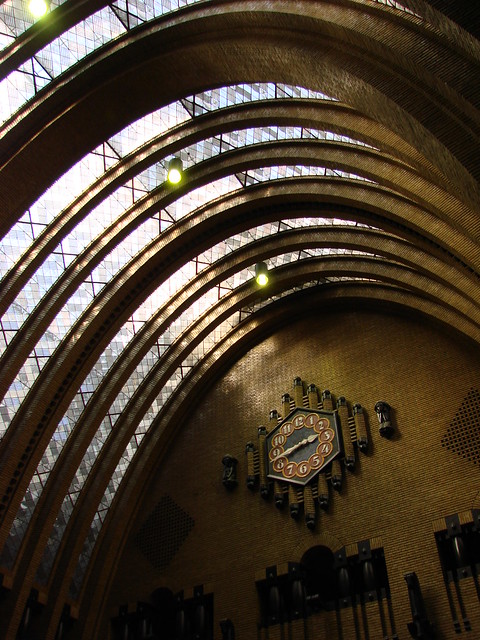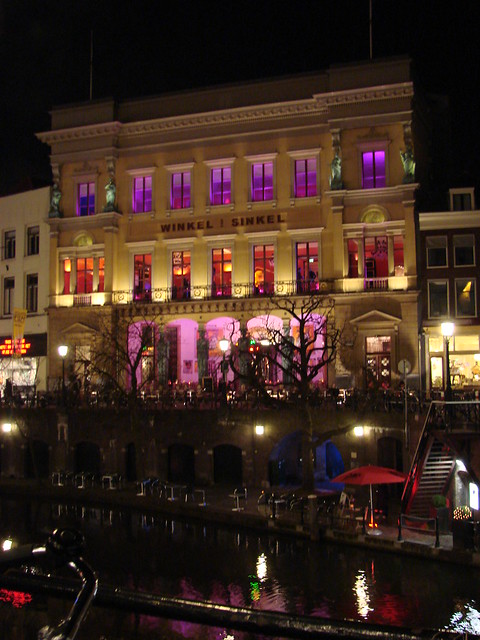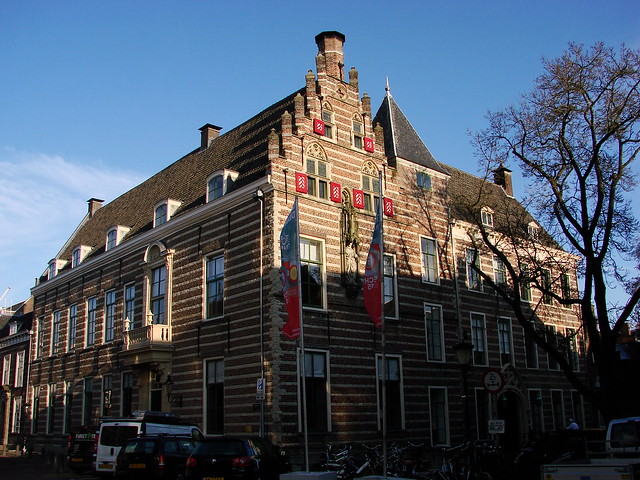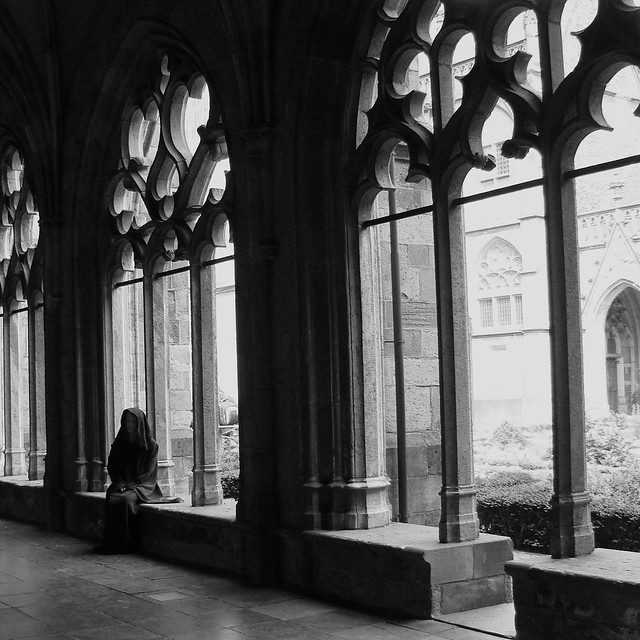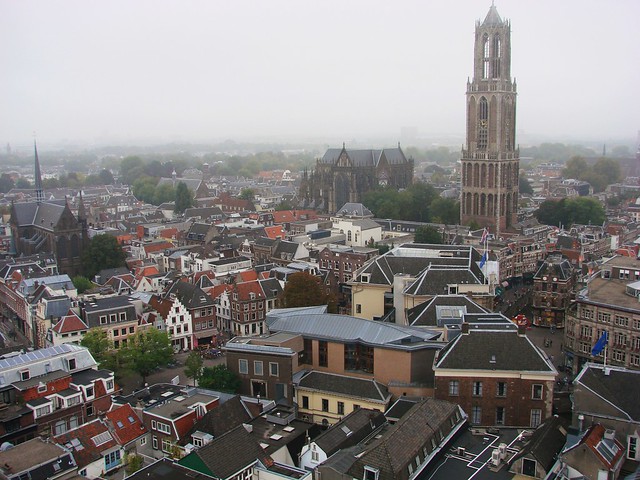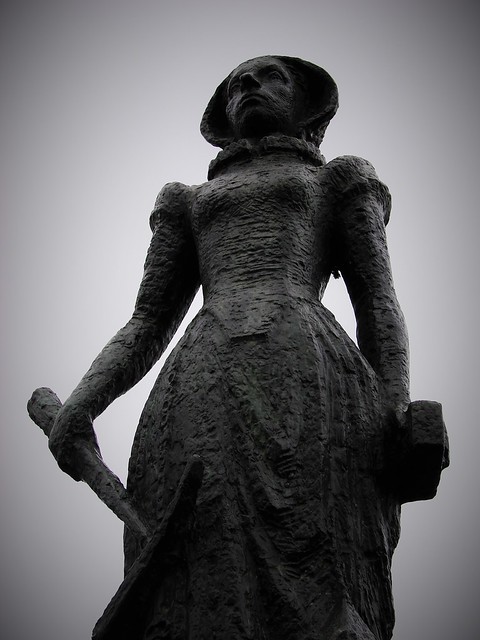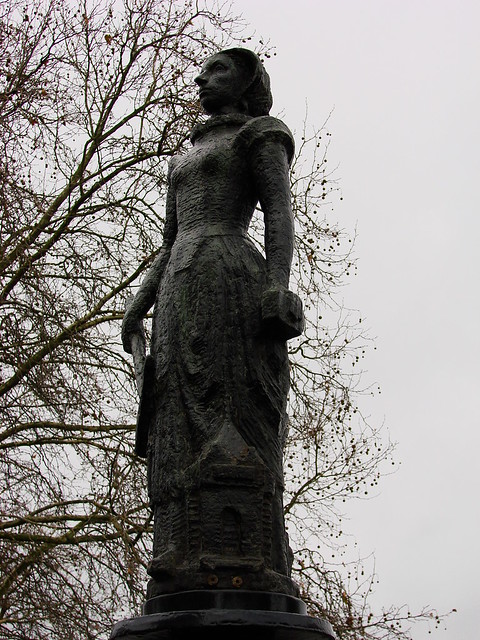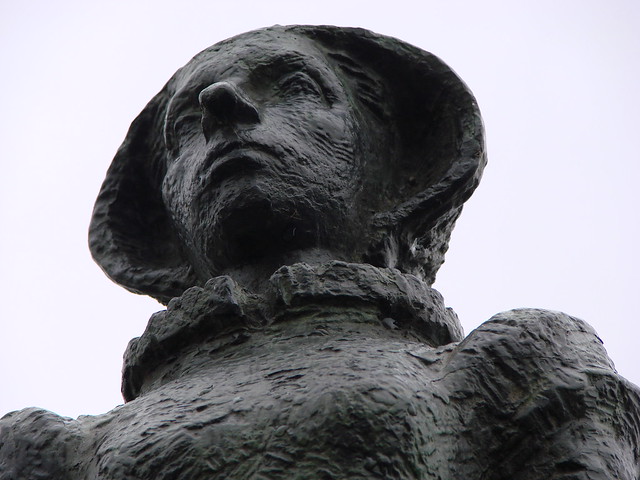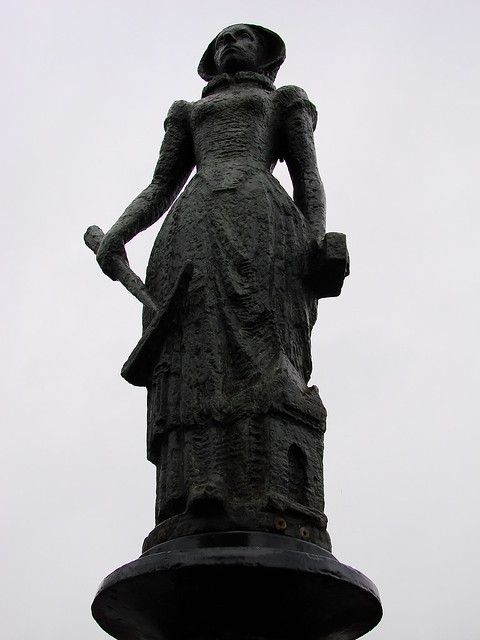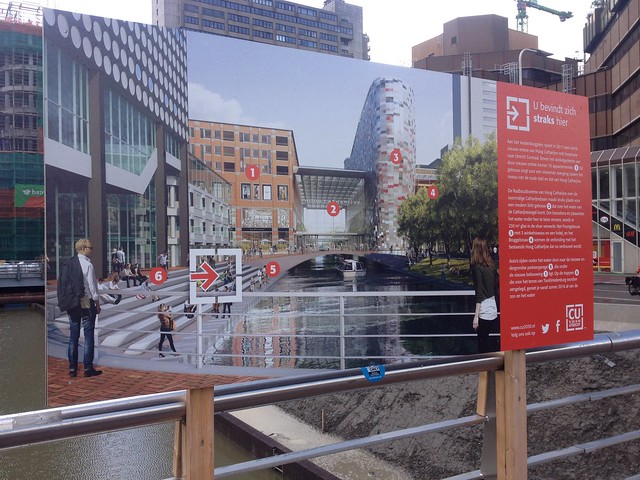
Historically, a canal has ringed the old city center of Utrecht. I posted last year about how a section along the western/northwestern side of town was drained and turned into a highway back in the late 1960s/early ’70s. Fortunately, they never got around to paving in the whole canal. Still, the road was still there when we moved here.
Fortunately, that side of town has been undergoing a massive renovation for eight+ years, though it’s got a ways to go still. Some bits I’m still a bit unsure about, but as things start to come together a little more, it’s all looking a better.
I wrote about how a large section of the canal was recently refilled (late last year/early this year), but it seems I never posted the few pictures I took. Probably because it was a rainy day and I only had my phone’s camera and a dog that didn’t feel like pausing for long to get a decent shot.
This week, I discovered that the section near the newly rebuilt Tivoli Vredenburg music hall (the one with all the circles) has had some updates and the water has been added there, as well. The picture quality remains lousy, because it was another rainy morning and Charlie wasn’t interested in stopping for long, and I still only had my phone. Still, you can see the start of things to come. The picture above is a poster showing what the final plans are and as you can see, the steps leading down to the canal on the left have just gone in. In the photos to follow, you’ll see the large central structure under construction. That area behind it all is part of the Hoog Catharijne shopping mall, which is a nightmare now with so much of it torn down and other bits being built. It was always easy to get lost and it’s even easier now!


Behind this view is the stretch of canal that has already been filled in.

I managed to find the photos I took in January so you can follow the canal a bit.
This is looking toward the bridge where I stood to take today’s pictures. You can see that the large central construction is making progress.

This is another bridge slightly further down (with bonus Charlie).
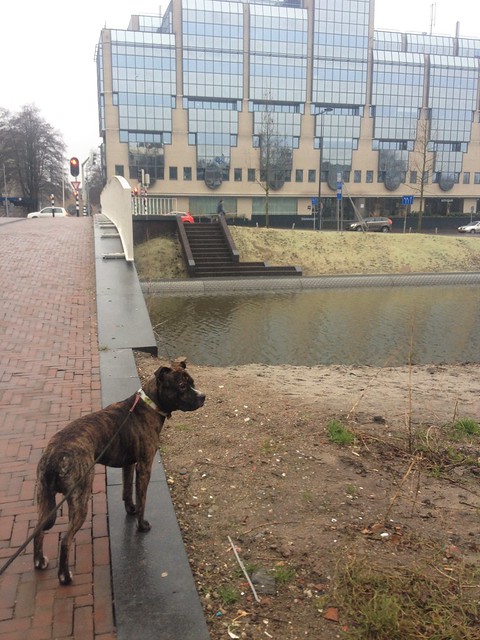
And this is the bend in the canal along the northern section. I should go back and see what they’ve done with the dirt areas. Greenery would be nice.
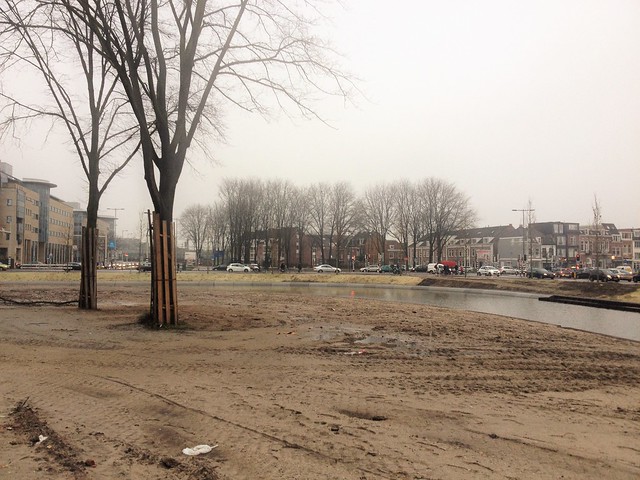





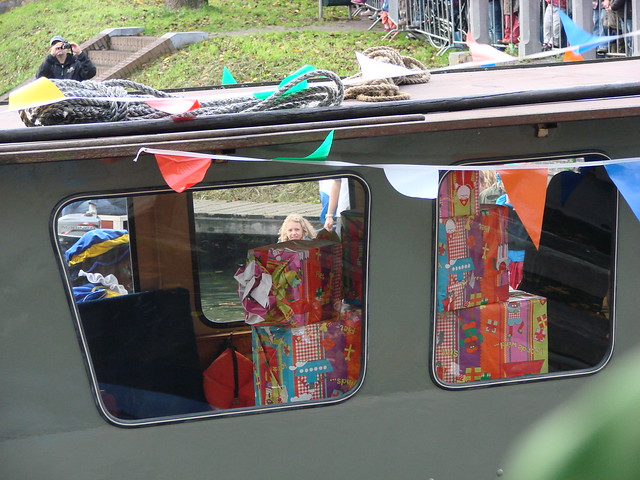
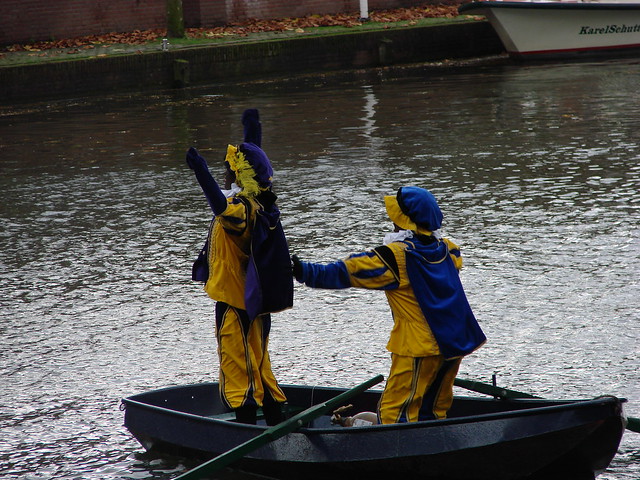





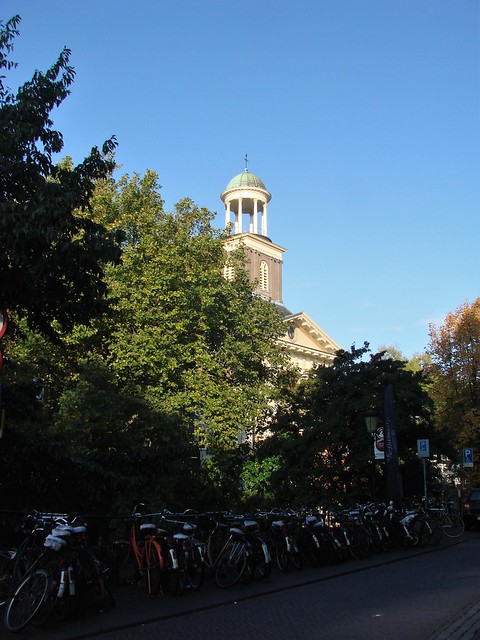
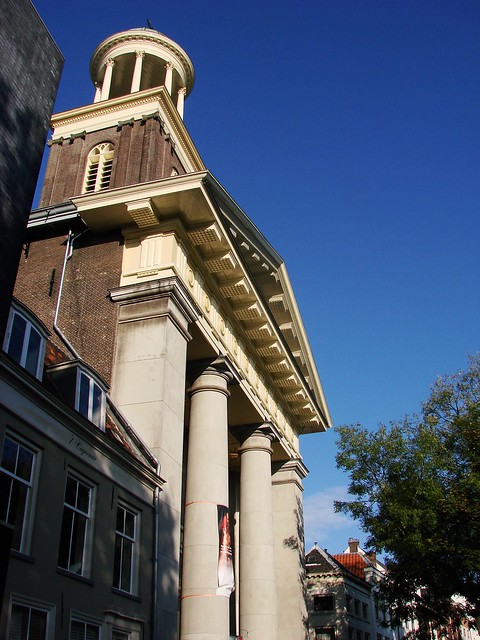



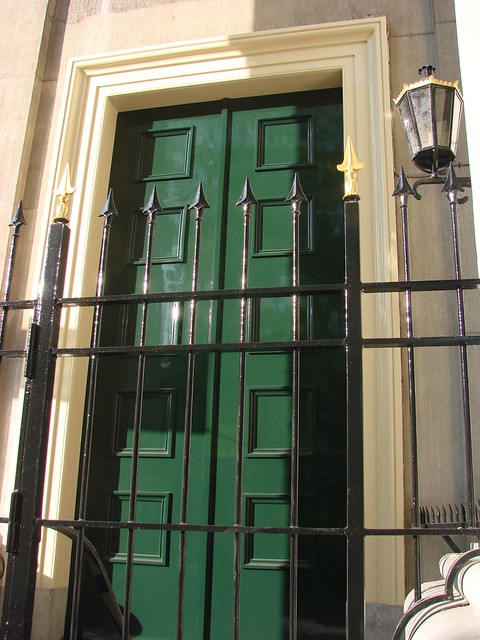










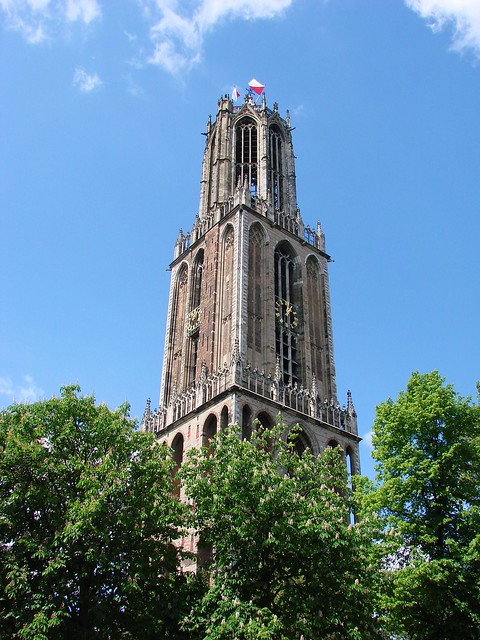
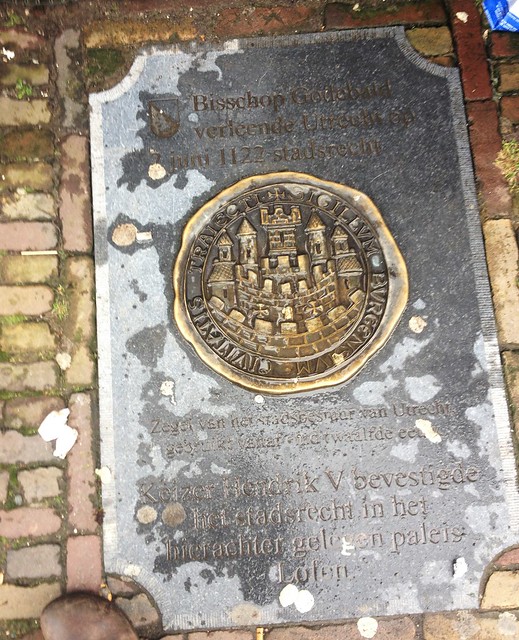
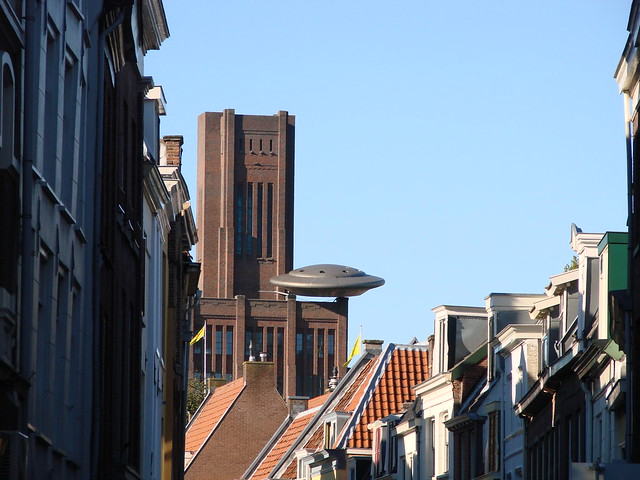

![Roman Walls [Day 126/365]](https://c5.staticflickr.com/5/4051/4588662540_b80a34f93b_z.jpg)
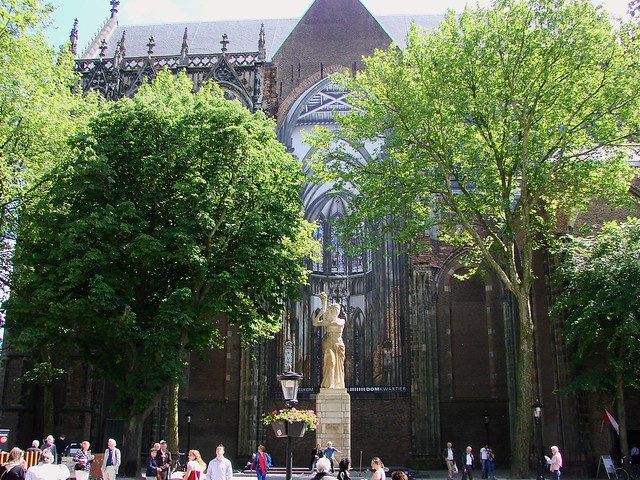
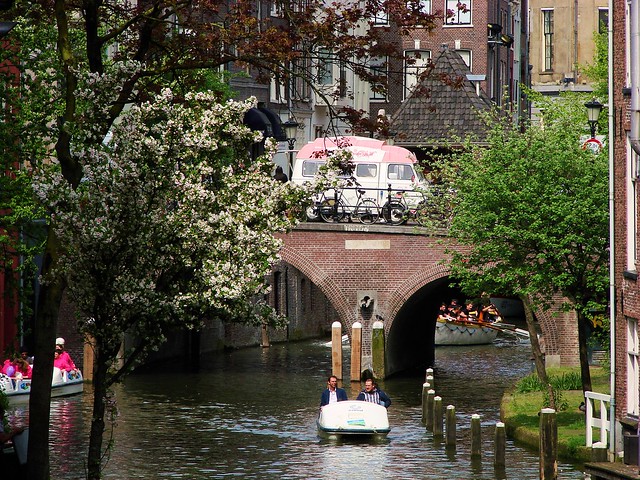


![Rietveld-Schröder Huis [Day 281/365]](https://c6.staticflickr.com/5/4147/5066998941_cf93707ee9_z.jpg)

